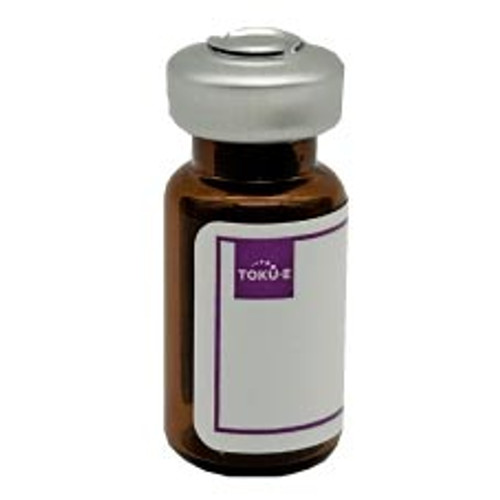Pristinamycin is a streptogramin antibiotic. It is a mixture of Pristinamycin IA (a macrolide) and Pristinamycin IIA (streptogramin A), a depsipeptide). PI and PII are structurally unrelated but synergistic components. They are co-produced naturally in a ratio of 30:70. It is bactericidal against Staphylococcus spp. and Streptococcus spp.
| Mechanism of Action | Pristinamycin IIA binds to the bacterial 50S subunit of 70S bacterial ribosomes, triggering a conformational change and enhancing the afficinity for the second component, Pristinamycin IA. The result is irreversible binding, arrested protein synthesis, and a bactericidal effect. The biosynthetic gene cluster is the largest nown antibiotic supercluster with the genes scattered across the sequence region. |
| Spectrum | Bactericidal activity against Gram-positive bacteria. Effective against methicillin-resistant S. aureus (MRSA). Effective against erythromycin-resisant Staphylococci and Streptococci. |
| Microbiology Applications | Eleven strains of Streptococcus pneumoniae were exposed to subinhibitory concentrations of Pristinamycin (or others antibiotics including Azithromycin, Clarithromycin, Clindamycin, Erythromycin, Roxithromycin, Telithromycin) to determine if resistance developed. Daily passaging in subinhibitory concentrations was done for a maximum of 50 days. Altogether, there were a total of 54 mutants with elevated MICs to at at least one of these antibiotics. Of these mutants, 20 had Pristinamycin resistance (Davies et al, 2000). |
| Eukaryotic Cell Culture Applications | The interaction of Pristinamycin IA with the multidrug transporter P-glycoprotein was investigated in the human intestinal epithelial cell line Caco-2. It inhibited the efflux of the P-glycoprotein substrate [3H]vinblastine, thus increasing the cellular accumulation. Thus, the Pristinamycin IA is a substrate for the P-glycoprotein (Phung-Ba et al, 1995). |
| Molecular Formula | C45H54N8O10 (PI)/C28H35N3O7 (PII) |
| Solubility | DMSO (very soluble). Soluble in methanol, ethanol, chloroform. (ref: PubChem) |
| References | Cooper EC, Curtis N, Cranswick N, Gwee A( 2014) Pristinamycin: Old drug, new tricks? J. Antimicrob. Chemother. 69 (9):2319–2325 PMD 24891428 Davies TA, Dewasse BE, Jacobs MR, Appelbaum PC (2000) In vitro development of resistance to Telithromycin (HMR 3647), four macrolides, Clindamycin, and Pristinamycin in Streptococcus pneumoniae. Antimicrob. Agents. Chemother. 44 (2) 414-417 PMID 10639373 Phung-Ba V, Warnery A, Scherman D, Wils P (1995) Interaction of pristinamycin IA with P-glycoprotein in human intestinal epithelial cells. Eur. J. Pharmacol. 288(2):187-192 PMID 7720780 |


